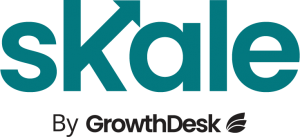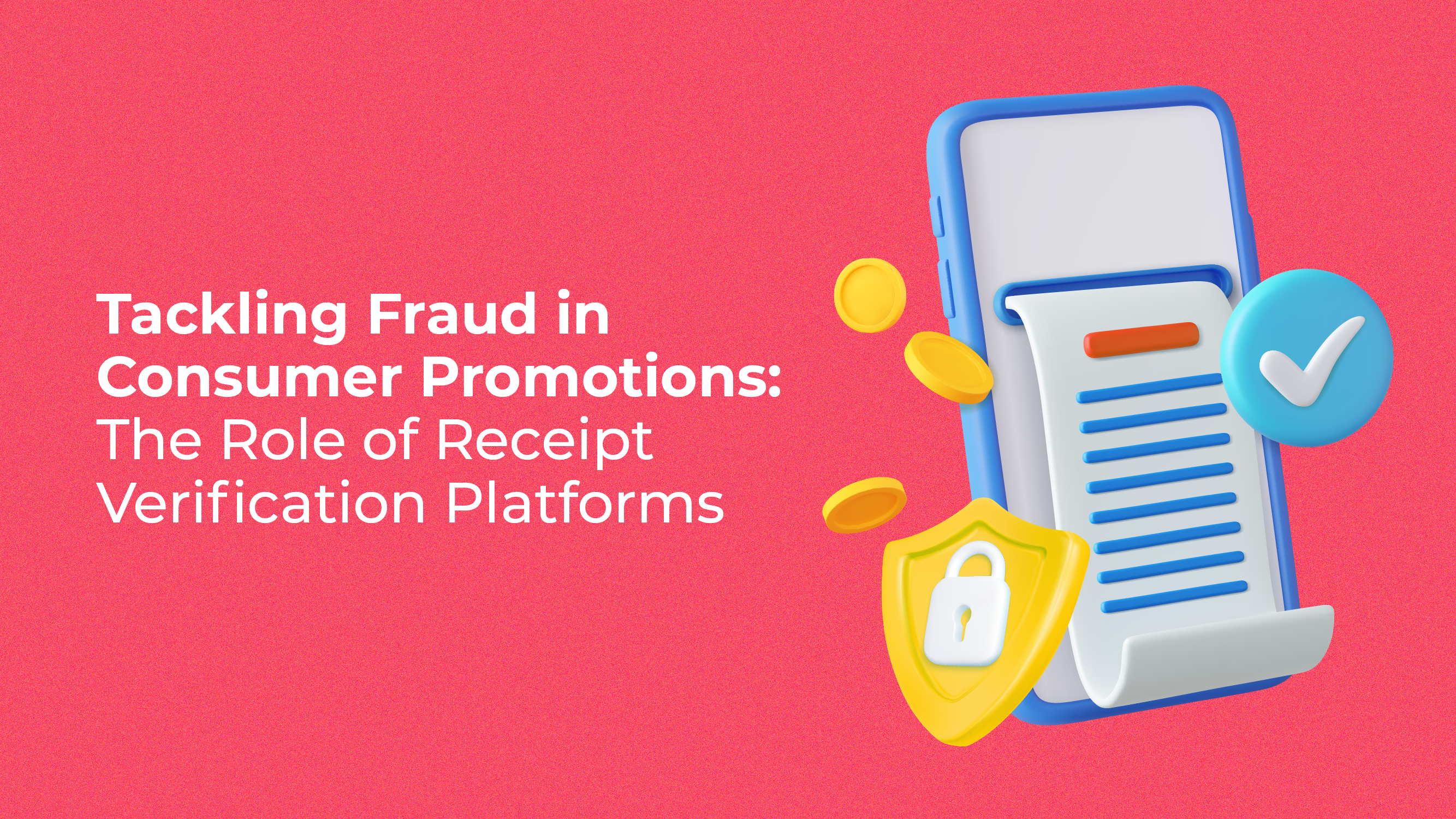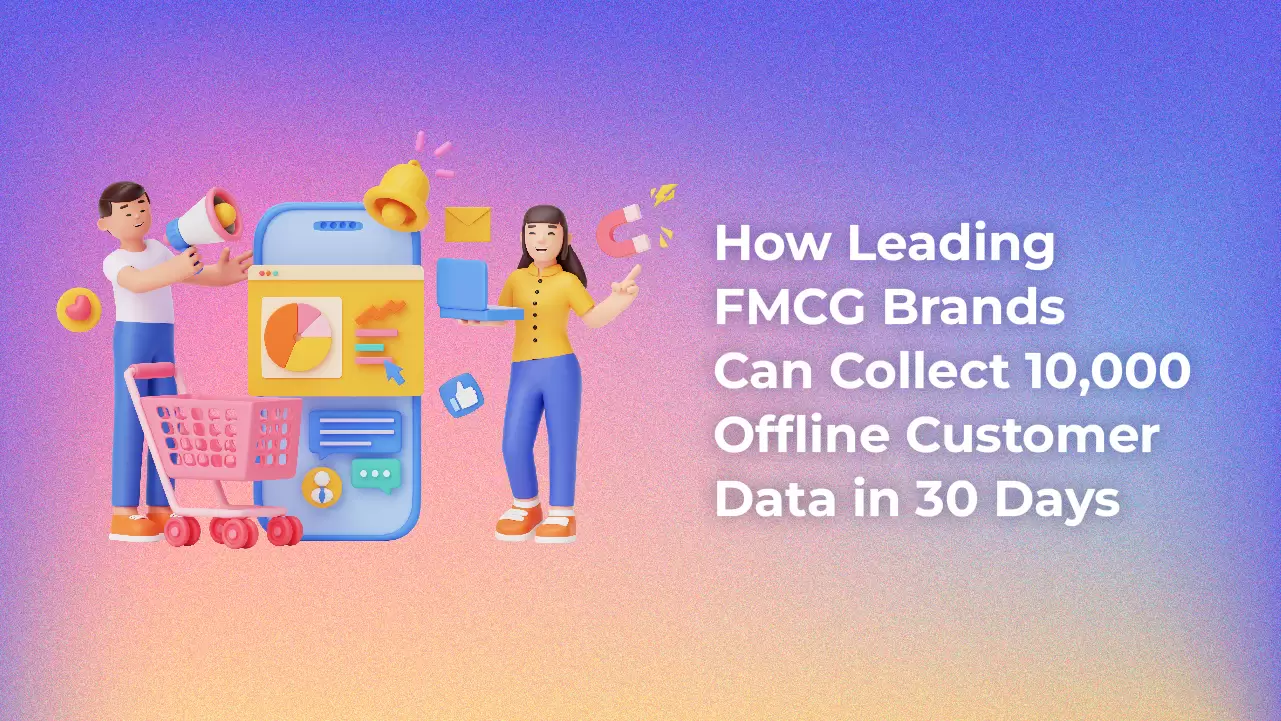Recruiting, on boarding, hiring, appraisals – the tiresome processes that HR personnel are tasked to never ends. As it goes in business , time is money, and these processes require a large portion of time to be dealt with.
Automation has been a goal of business leaders ever since the Industrial Revolution, and resource consolidation has never been easier thanks to computers and softwares. Where HR process automation is concerned, the ability to analyse every step of the process helps determine the inconsistencies that can be better managed, while minimising time spent on monotonous copy-and-paste work.
1. Requests for Leave
Leave requests are by far one of the most common processes to automate. Vacation requests, for example, is a length process when conducted manually. A paper or email detailing the requests is first required. After which, managers, HR and finance need to determine if the employee is applicable for leave based on several factors, which include the total off-days they are contractually allowed.
Automating this process will see that the employee begins with form that has their number of days readily available for use. Reporting managers also tend to share a synchronized calendar that will help in re-scheduling staff hours. After approval, the other departments are merely formalities as the system would have accounted for most details prior to this. Automated processes help avoid lengthy complications that interfere with working hours.
2. Timesheet Tracking [restrict]
Timesheet tracking is perhaps one of the most tedious calculations in the HR process. Where the punch-in cards were once a standard, nowadays, having a digitally synchronized system allows managers and employees to be aware of their hours without the need for calculations. HR personnel are aware of how many hours can be saved if this process was automated from the get-go.
3. Employee Information System
Data like addresses, emergency contacts and emails are vital, but vapid in transcribing. Larger companies may require HR staff to spend all their time copying the data from forms to their databases.When you streamline this process, you are freeing up your staff and letting them focus on meaningful work instead.
Automating this process means that an automated digital form will contain all the necessary information when on-boarding employees. With a simple check and point, staff members need only to integrate the forms into the existing database with a simple click.
4. Performance Assessment
The annual task of employee reviews can be a real bummer for HR teams. Most of the negative stigma on the HR department stems from this task that feels like slapdash work at times.
However, automating the process allows HR staff to provide a simple fill-up form that asks crucial questions on employee performances on a single database. The information can quickly be shared within departments and trigger prompt feedback between managers and employees. This way, the risk of miscommunication is minimised, and employees can be given a clear idea of expectations.
When HR departments invest to simplify their processes, it makes working with businesses that much easier. The goal of HR departments is to maintain their partnerships with clients and businesses. Providing automation is an adept solution to ensuring the well-being of parties involved.
Actionable Takeaway:
According to a Forbes article, innovation in the workplace is vital as it provides companies with an edge in capturing and dominating markets quicker, while easing accessibility into developing economies. This can lead to an ever larger scope of business opportunities.
Companies that practiced innovation demonstrated the ability to scale easily, as they were significantly better at adapting to the differing market conditions globally. So start making changes to your outdated company practices are start innovating to stay relevant!
[/restrict]





